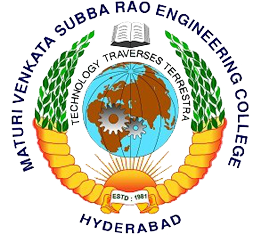WITH EFFECT FROM THE ACADEMIC YEAR 2011 - 2012
ME 253
THEROMODYNAMICS
Instruction 4 Periods per week
Duration of University Examination 3 Hours
University Examination 75 Marks
Sessional 25 Marks
UNIT-I
Introduction: What is Thermodynamics? Microscopic and Macroscopic approach of thermodynamics system. surroundings and property, intensive and extensive properties, Measurement of temperature, Zeroth law of thermodynamics, Temperature Scales, ideal gas and ideal gas thermometer, Reversibility and irreversibility quasi– static process, Specific heats for ideal gases, Thermodynamics Equilibrium.
UNIT-II
First law of Thermodynamics: Statement of First Law, Heat and work interactions, Thermodynamics work and Internal energy, Energy as property of system, First Law applicable to Closed system, Thermodynamic processes and calculation of work, Heat transfer, and internal energy, Heat as Path Function, First law analysis of flow processes and limitation, Calculation of work done during flow processes.
UNIT-III
Second Law of Thermodynamics: Physical description of second law, Kelvin– Planck and Clausius statement of Second Law of thermodynamics, Equivalence of Kelvin– Planck and Clausius statement, Reversible and irreversible processes, Cornet Theorems, Clausius Inequality, Calculation of entropy change during various thermodynamic processes principle of Entropy increase, T– S diagrams, Available and Unavailable energies in steady flow, Second Law Analysis of Control Volume, Helmholtz and Gibb’s functions, Available function for flow and non– flow processes.
UNIT-IV
Thermodynamic properties of Fluids: Properties of pure substances, Concept of phase change, Graphical representation of pressure, Volume and
Temperature, (PVT)– T and H diagrams, Properties of steam, Use of steam Tables and Mollier diagram, Thermodynamic relations involving entropy, Enthalpy, Internal Energy, Maxwell relations and Clapeyron equation.
UNIT-V
Ai standard cycles: Air standard cycles– Otto, Diesel, Dual Combustion Cycle, sterling and ranking cycle.
Mixture of Gases: Mole fraction and mass fraction, Partial pressure and Dalton’s Law, Amagat-Leduc Law of Partial volumes, Relation between partial pressure, mole fraction and volume fraction; Gas Constant, molecular mass and specific heats of the gas mixtures; relation between volumetric and gravimetric analysis
Suggested Reading:
- 1.P.K. Nag, Basic & Applied Thermodynamics, Tata McGraw Hill, 2nd
Edn., 2008..
- 2.Y.V.C.Rao, An Introduction to Thermodynamics, Universities Press, 2nd Edn., 2010.
- 3.P.L Ballaney, Thermal Engineering, Khanna Publishers 2004.
- 4.E. Radha Krishnan, Engineering Thermodynamics, 2002.
- 5.D. S. Kumar, Thermal science and Engineerin.



